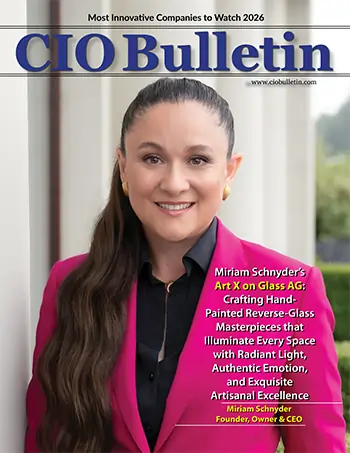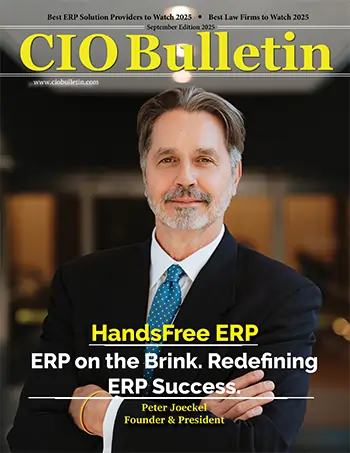Home Industry Banking and finance What Currencies Should America...
Banking And Finance

CIO Bulletin
17 July, 2025
The U.S. dollar has encountered significant challenges in 2025, marking its steepest first-half decline since 1973 with a 10.8 percent drop against a basket of major currencies. This downturn is tied to several key factors: the Federal Reserve’s decision to cut interest rates, mounting fiscal deficits, and growing investor unease over U.S. political and economic direction.
Meanwhile, the euro has appreciated by over 13 percent against the dollar, supported by renewed fiscal stimulus across the Eurozone and increased investor confidence. The Japanese yen and British pound have also shown strength. The Mexican peso has become one of the unexpected outperformers of the year, gaining interest from both institutional and retail traders. Given this shifting landscape, American traders are increasingly looking beyond their home currency to capitalize on emerging opportunities in foreign exchange markets.
Looking forward, the dollar is expected to remain relatively stable in the short term, supported by modest U.S. economic resilience and a cautious Federal Reserve. However, long-term concerns are building. Analysts at Goldman Sachs and ING have pointed to structural weaknesses, including the expanding U.S. budget deficit and a decline in foreign capital inflows, which pose real threats to the dollar’s status. Central banks in China, India, and Brazil have been gradually reducing their dollar reserves, preferring to hold gold and regional currencies instead. This behavior isn’t panic-driven; rather, it indicates a strategic shift toward diversification.
When American traders log into a platform like MetaTrader 4, they are usually met with the most liquid and widely traded currency pairs. These include EUR/USD, USD/JPY, GBP/USD, and USD/CHF. Other common combinations include commodity-linked pairs such as AUD/USD and USD/CAD. These pairs are popular in part due to trader habit, and in part due to consistent liquidity, narrow bid-ask spreads, and reliable behavior. Their popularity is also reinforced by transparency in their respective economies and easy access to economic indicators and central bank policy updates.
In the current trading year, the euro has recovered significantly, while the yen has also strengthened after long periods of weakness. The pound remains steady amid Bank of England policy tightening. On the other hand, the Canadian and Australian dollars have stabilized, benefiting from the rise in global commodity demand. Some emerging market currencies, such as the Brazilian real and Indian rupee, have posted moderate gains. Others, like the Turkish lira, continue to lose ground. Traders are watching these dynamics closely, especially as global capital flows start to adjust in response to shifting monetary policies.

Not all traders are seeking the most stable currencies. Some actively look for volatility, believing it brings greater opportunity. However, high volatility can bring inconsistent pricing and wider spreads, especially in low-liquidity environments. The South African rand or Argentine peso may seem attractive, but they carry significantly more geopolitical and credit risk. Meanwhile, more predictable currencies like the Swiss franc offer steadier movements, particularly during global market stress. For many U.S. traders, consistency matters more than raw movement.
The right currency pair depends on more than just performance charts. Traders should consider macroeconomic direction, monetary policy trends, fiscal balance, and global risk appetite. Is the central bank raising or cutting rates? Is the country stable or politically fragile? Does it rely heavily on commodity exports? Each of these elements will influence how a currency behaves. Time zones also come into play. Liquidity varies depending on whether you're trading during the U.S., European, or Asian sessions.
For American traders, the dollar is often the entry point to global markets. It features in nearly all major pairs and reflects broader risk sentiment. Still, experienced traders know that a USD bias can limit strategy. Pairs like EUR/JPY or GBP/AUD often offer clearer technical patterns and less correlation with U.S. economic news. This is where forex trading becomes more strategic, focusing on opportunity instead of national loyalty.
Currency trading in the United States is governed by strict regulations. Brokers must be registered with the Commodity Futures Trading Commission and meet minimum capital and reporting standards. Retail traders are subject to margin rules that are more conservative than in other parts of the world. There are also tax implications. Depending on the type of account or instrument, gains may be taxed under either Section 988 or Section 1256 of the IRS code. These details matter, especially when choosing whether to focus on short-term trades or long-term currency exposure.
Different trading strategies call for different pairs. Scalpers often prefer EUR/USD for its fast movement and low transaction costs, whereas swing traders may favor AUD/JPY, which tends to trend based on monetary policy divergence. Those looking to hedge international exposure may use USD/ZAR or USD/MXN. There’s no single best currency for all use cases; the right choice depends on your time horizon, appetite for risk, and how much research you’re willing to do.
Absolutely. Traders are never locked into a specific currency or pair. If one market becomes unpredictable or less profitable, you can easily shift focus, choose a different pair, or sit on the sidelines entirely. This flexibility is one of the advantages of the currency market. The key is knowing when to change direction and when to stay the course.
In short, Americans should choose currencies based on strategy, timing, and market conditions—never assumptions. While major pairs like EUR/USD and USD/JPY remain reliable starting points, strong performers in 2025 include the euro, yen, and even some emerging market currencies. The key is staying flexible, informed, and aligned with your trading goals.







